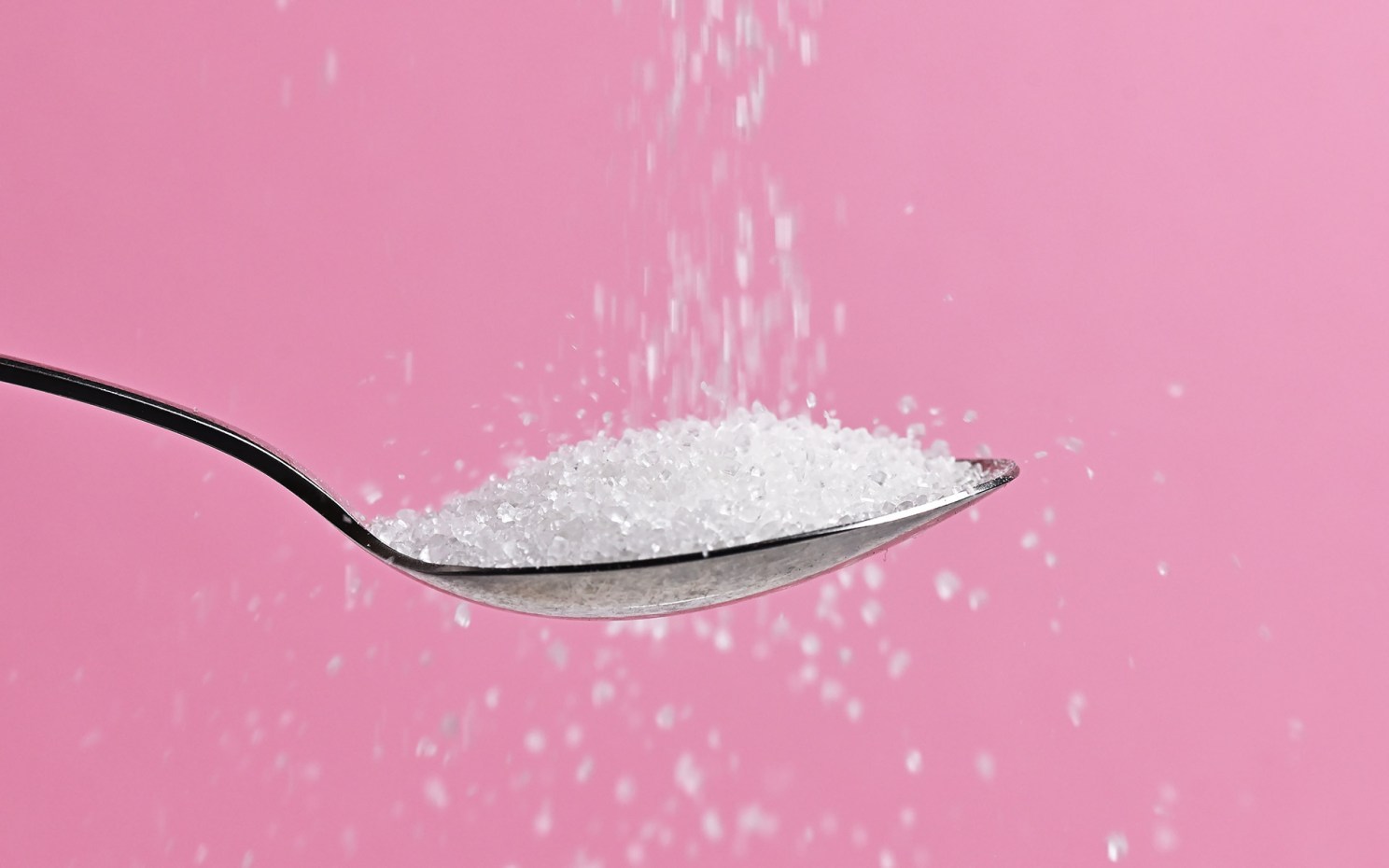How old is too old to run?
No such thing, specialist says — but when your body is trying to tell you something, listen

Part of the Wondering series
A series of random questions answered by Harvard experts.
Adam Tenforde, a sports medicine physician at Mass General Brigham and director of running medicine at Spaulding Rehabilitation Hospital, has logged plenty of miles himself: He was an All-American long-distance runner at Stanford University and a competitor in the 2002-2004 Olympic trials. We asked him how long the aging body can withstand a regular running regimen.
I certainly have a bias as someone who has competed and who continues to enjoy running as my primary form of exercise, but, in general, running can be done safely over the course of a lifetime. Which doesn’t mean it won’t sometimes hurt.
When you break down pain, there are a few different patterns. One question to ask: Does this pain improve or get worse with activity? Pain that improves with activity — we refer to that as a warm-up phenomenon, and it’s usually a sign that this is a less significant injury. On the other hand, pain that builds during movement can be a sign that the runner is experiencing cumulative stress and damage to tissue that could lead to a more significant problem.
Another key issue: Is the pain causing biomechanical changes? Is someone moving in a way that leads to compensatory movement that stresses other joints or tissues in an abnormal way? Pain that starts with one region of the body and moves to a second part is a sign that the runner has to modify their activity and figure out the source of the pain.
“There’s a common myth that running is bad for joints, but that idea has not played out in the research.”
There’s a common myth that running is bad for joints, but that idea has not played out in the research. Running and loading lead to adaptations to muscle, tendons, bones, and joints. Cartilage actually needs load to maintain its normal architecture and strength. Meanwhile, a lack of physical activity is associated with people being overweight or obese, which can contribute to conditions such as heart disease and diabetes. However, if a joint has pain that builds with activity, associated swelling, or other mechanical symptoms, this might be a sign of abnormal stress that could cause worse joint injury and should be evaluated by a medical provider.
What level of running will cause an injury? We don’t have a precise answer. From the literature on bone stress injury, it’s been proposed that more than 20 miles a week might put you at an elevated risk for injury. But a lot of people enjoy running more than 20 miles a week, and if you’re training for a race you need to exceed that number.
If someone loves to run, you really have to give me a good reason why that would be a bad thing for them to continue. It comes down to risk-benefit ratio. Some people will choose to run despite having knee or hip arthritis. In those cases, the goals would be to identify ways to optimize the mechanics of those joints to move in a way that ideally does not create pain or creates minimal pain that contributes to minimal inflammation. It’s a much more complex story than just “run until you can’t.” In each stage of life, there is an opportunity to maintain physical activity. You just want to have physicians and other medical providers who can support you.
— As told to Anna Lamb, Harvard Staff Writer

















